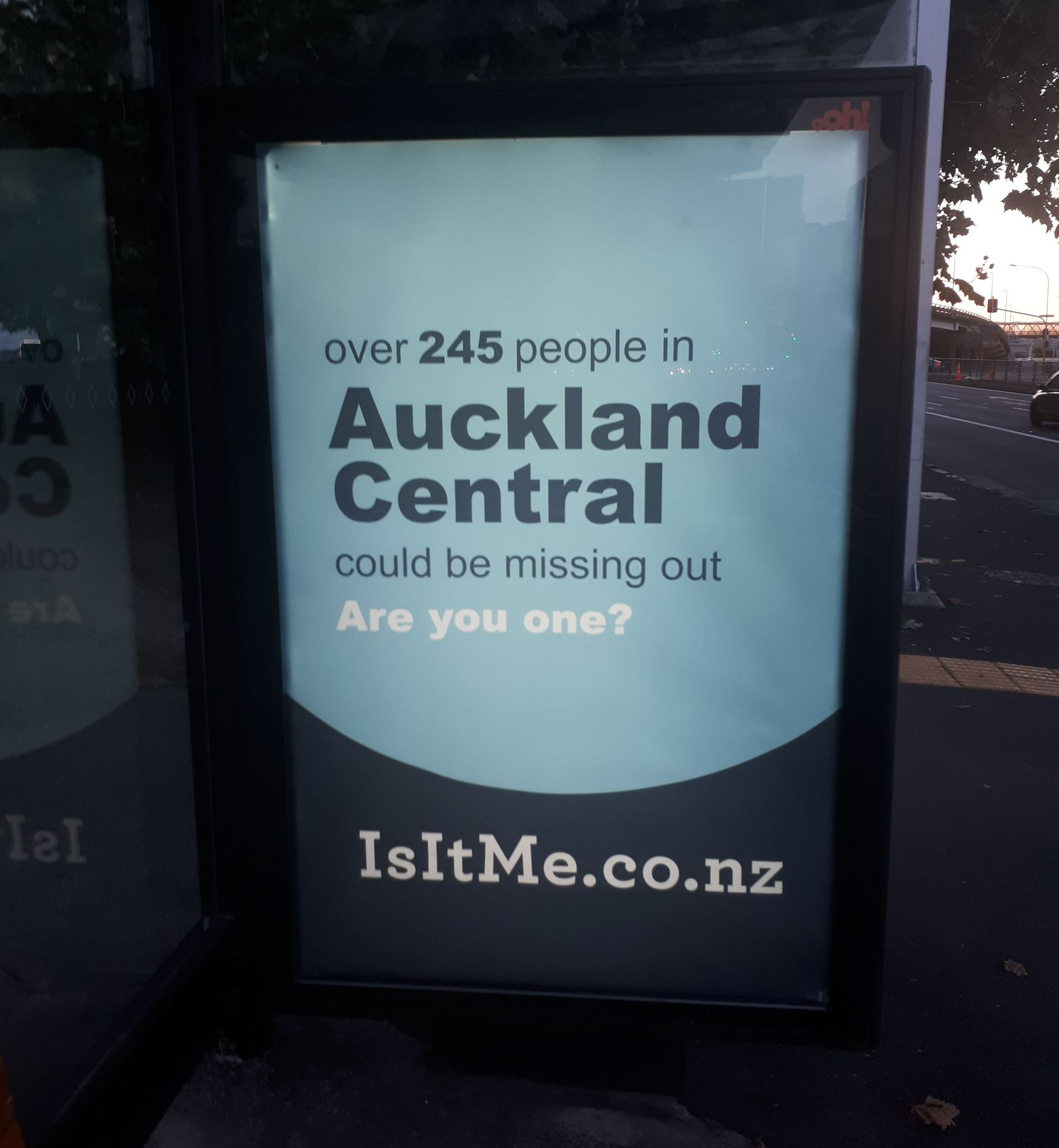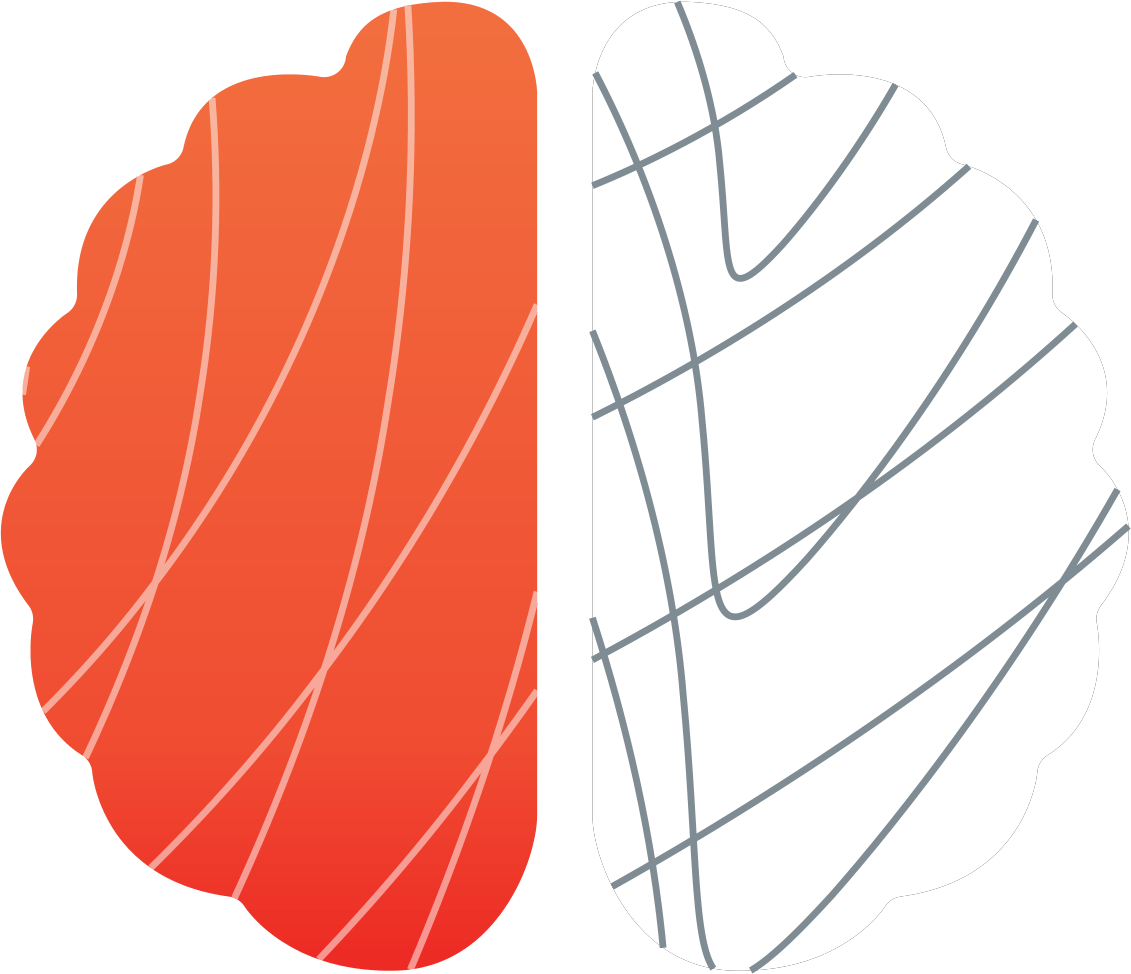How can behavioural science contribute to better design decisions?
What the world needs isn’t new ideas; it’s new ideas that work. Our challenge is often to get to those ideas that work quickly, with an efficient use of time and money, and to demonstrate that these ideas have made an impact (i.e. separating the ideas that work, from the ideas that sounded promising).
So why behavioural science? My view is that a behavioural lens holds value at all stages of a design conversation, from problem definition to validation of ideas.
The benefits can be seen in a well-known case study, of an airport in Houston that looked at how they could decrease customer complaints, caused by the wait times at the luggage carousel. While a rational response would be to look at shortening how long it takes to get the luggage off the plane, you could imagine this would also prove costly.
Their approach was to do something quite different – to make people walk further from their plane to the luggage carousel, so their bags were waiting for them when they arrived. Why? The designers understood how human perception of time plays into an experience, and how this could be influenced by changing the environment. I’ve found similar insights – leading to a different set of solutions – in online and physical environments.
This example, illustrates several benefits of taking a behavioural science lens to developing new solutions, not least finding a relatively cheap and non-obvious solution that benefits the organisation and its users.
Moving beyond the academic to the practical
Behavioural science, or Behavioural Economics, has been having a large impact on the thinking of a number of customer/ user facing strategies. For example, it’s recently been discussed in terms of how to increase uptake of a COVID-19 vaccine, Heineken’s campaign to reduce drink driving, and how to increase Kiwisaver savings rates. Behind the scenes, it’s also informed the strategies of many NZ commercial organisations – hidden away behind the guise of competitive advantage.
But here’s the opportunity. I see plenty of design solutions that could have been improved by a basic understanding of psychology; projects that are unduly influenced by what a customer says; solutions that are signed and delivered without an understanding of the actual impact on the user. And because they’re overlooked, they’re often easy pickings – ways to differentiate from your competitor, or from previous solutions proposed.
But should it be hidden away like this? Shouldn’t something as important as the study of human behaviour (i.e. psychology) and decision-making (i.e. behavioural economics) be made accessible to a wider audience? This is a big opportunity, to make the study of human decision making accessible and part of the daily conversation for NZ designers.
Over the coming 12 months, Cole Armstrong from behavioural insights agency NeuroSpot will be taking part in the CX Collective’s Associate’s programme. During this period, he will be looking at how some of the key frameworks from the world of behavioural science can be made accessible to designers – adding value to their existing approaches.
Notes:
[1] Ironically, the best example of perception trumping reality, comes from the current US President.
[2] One of the challenges that behavioural economics has as an applied field, is a perception that it can be used as a series of one-off tactical approaches or gimmicks.





